Ode to Tarpon Fishing Report
Thank you for reading this ode to tarpon fishing report!
Tarpon Poem by John Kumiski
an ideal world
hot sun, blue sky, clear, slick water
sweat
a graphite wand, a sliver of steel, a wisp of feathers
a flash of silver breaks the mirror
then another, and another
feathers land in water
magically, they come to life
line tightens
mirror smashed
power
water flies, gills flare, body shakes, shudders
again, and again, and again
the beast tires
arms ache
hand grasps jaw
feathers removed
great fish swims free once more
tarpon
one of God’s gifts to fly fishers
Sunday
Last week I wrote, “…in a fit of optimism, I rigged up a 10-weight and a 12-weight.” Unusual for me (I dislike fishing on weekends), Sunday morning I got up early, launching the Mitzi at Parrish Park. On-board was the 10-weight in question, a white electric sushi tied to the end of the leader.
I went looking for tarpon. I was not expecting much.
I have been whining lately about the weather. No weather excuses Sunday morning- it was as perfect a May morning as one could ask for.
To my shock and delight I found a bunch of happy tarpon, laying at the surface, fins out of the water. My mouth went dry. My knees were shaky. Best of all, no one else was there.
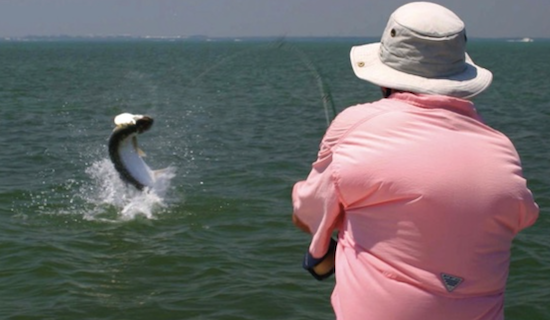 My knees are shaking, and my hands are weak, and I can’t seem to stand on my own two feet! – Jeff Beck and Rod Stewart
My knees are shaking, and my hands are weak, and I can’t seem to stand on my own two feet! – Jeff Beck and Rod Stewart
My first cast got bit immediately. I missed it. I kept stripping and got bit again. The hook stuck and moments later 50 pounds of furious silver was flying through the air. The fish jumped at least 10 times, a spectacular fish. I leadered it and popped it off.
For all my optimism, I had failed to make extra leaders. Several minutes of rigging followed. I tied a green and white fiber minnow on, then again located the fish.
When the smoke cleared I had jumped eight fish, leadering two. The biggest was 80 pounds or so. I had tried white, green and white, grey and white, and black and purple flies, and hit fish on all of them. A trout, a ladyfish, and a sailcat had joined the fray. It was an amazing morning.
Monday– small craft advisory. I replaced the lost flies and tied up a dozen big-game leaders.
Tuesday– east at 20. Began research on something we should have done a long time ago- hurricane shutters. Tied a couple more flies. Was getting desperate to go fishing again. Tuesday evening I decided that on Wednesday morning I would go see if the tarpon were there.
Wednesday- I awoke at 0230, thoughts of tarpon dancing through my axons. I could not go back to sleep. Been a while since I was that worked up about fishing.
The tarpon did not see the memo. Of course, the weather was different, so they weren’t there.
But, if you want hardhead catfish, the Indian River Lagoon is the place to be. There were schools of catfish everywhere, but those along the shoreline were most interesting. I could not tell if they were spawning, or eating, or what, but in a group they would stand on their heads and wave their tails out of the water. Very strange. An alligator took advantage of this behavior. I watched him catch and eat at least three of the whiskered revelers. They won’t be dancing any more.
I managed to catch a redfish by soaking a mullet head, the only real fish I got. On the bright side, the water is surprisingly clean, and there is lots of bait.
Thursday– didn’t fish, rainy and windy. Ran errands, tied flies, ordered the hurricane shutters.
Friday– didn’t fish. In the morning the dishwasher blew water all over the kitchen floor, so Mr. Fixit had to make love to it until lunch. Then, the hurricane shutters were delivered! I tied some more flies.
I need the hardware for the shutters, then there will be installation time. I hope I get to fish some next week…
Angling is extremely time consuming. That’s sort of the whole point.
– Thomas McGuane
Life is great and I love my work!
Every day is a blessing. Don’t waste it- Go Fishing!
John Kumiski, author of Fishing Florida by Paddle- An Angler’s Guide
Purchase Fishing Florida by Paddle- An Angler’s Guide at http://www.spottedtail.com/fishing-florida-by-paddle/
All content in this blog, including writing and photos, copyright John Kumiski 2020. All rights are reserved.

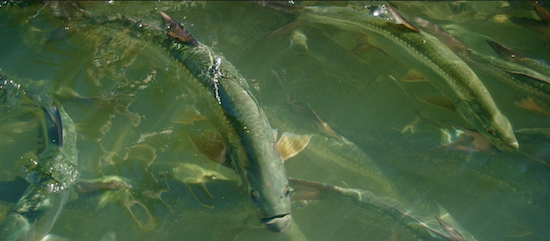
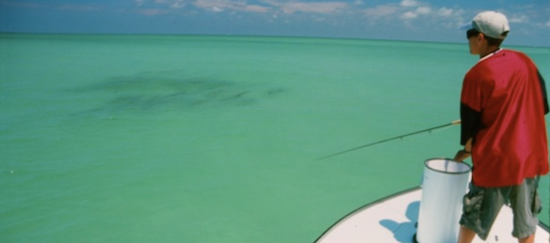
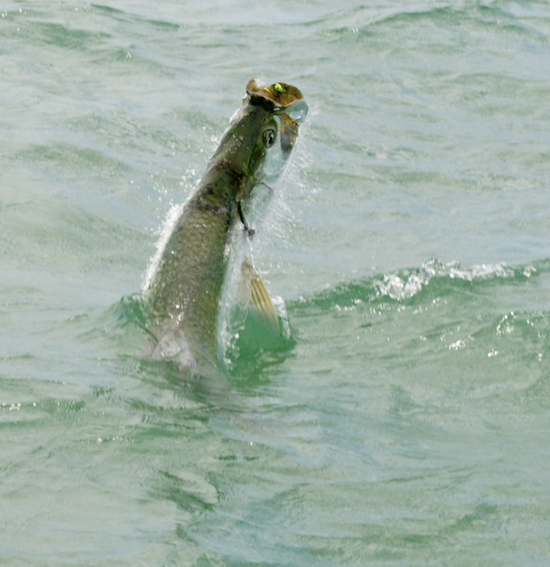
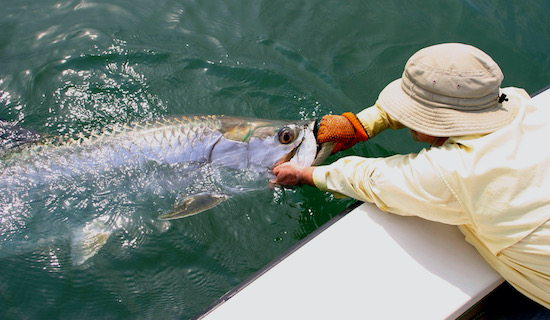
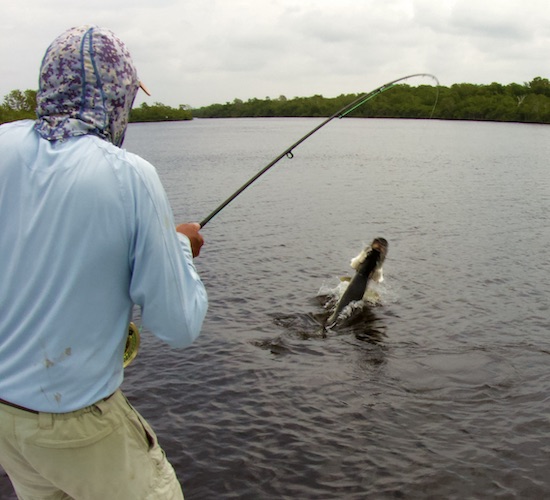
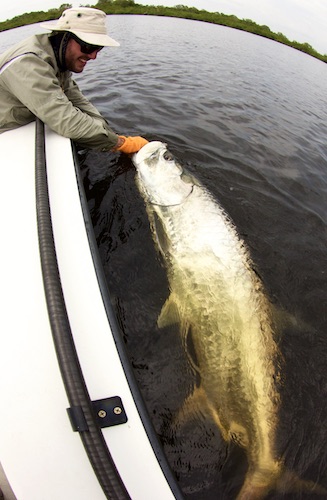
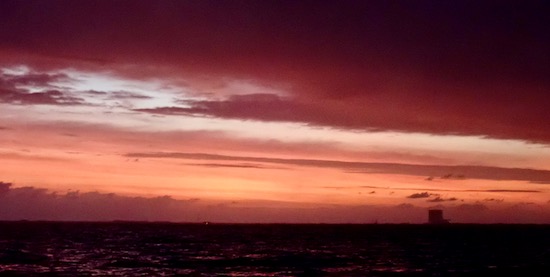
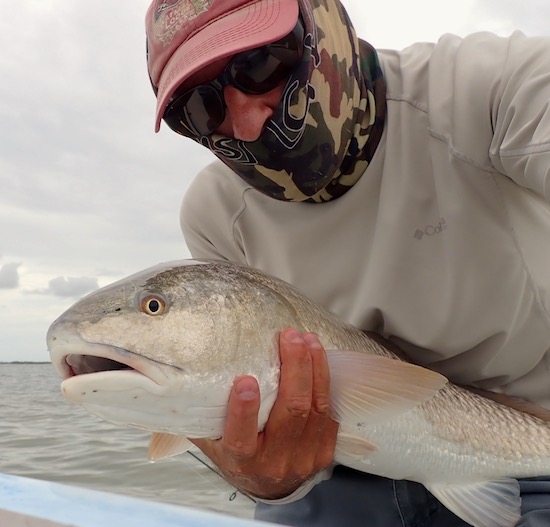
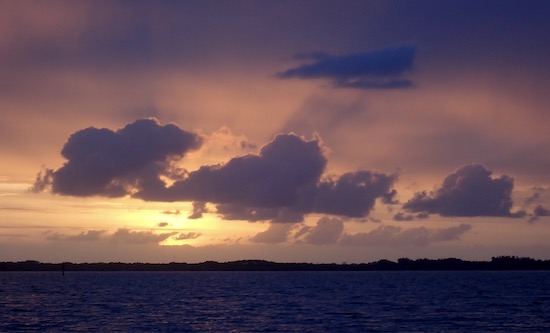
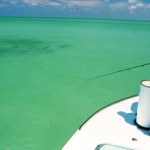
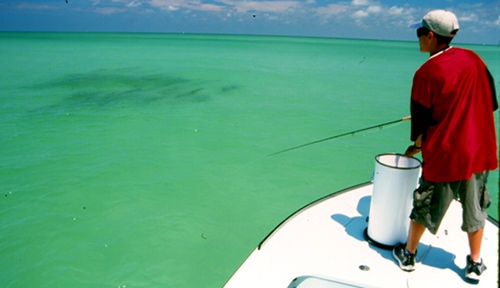
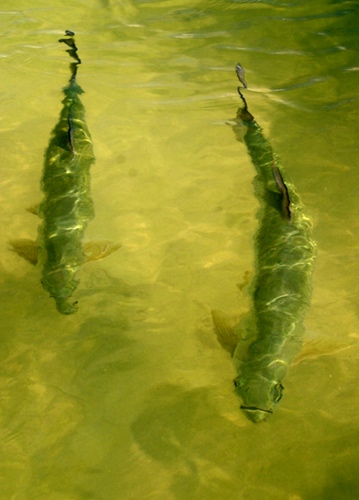
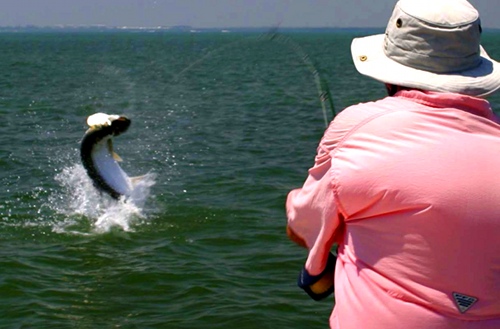
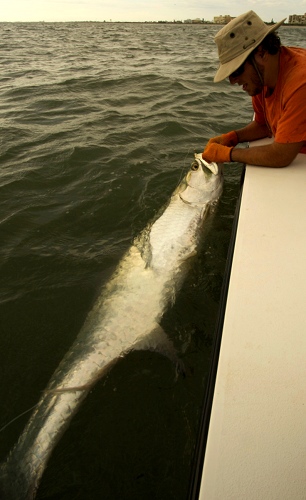
Recent Comments